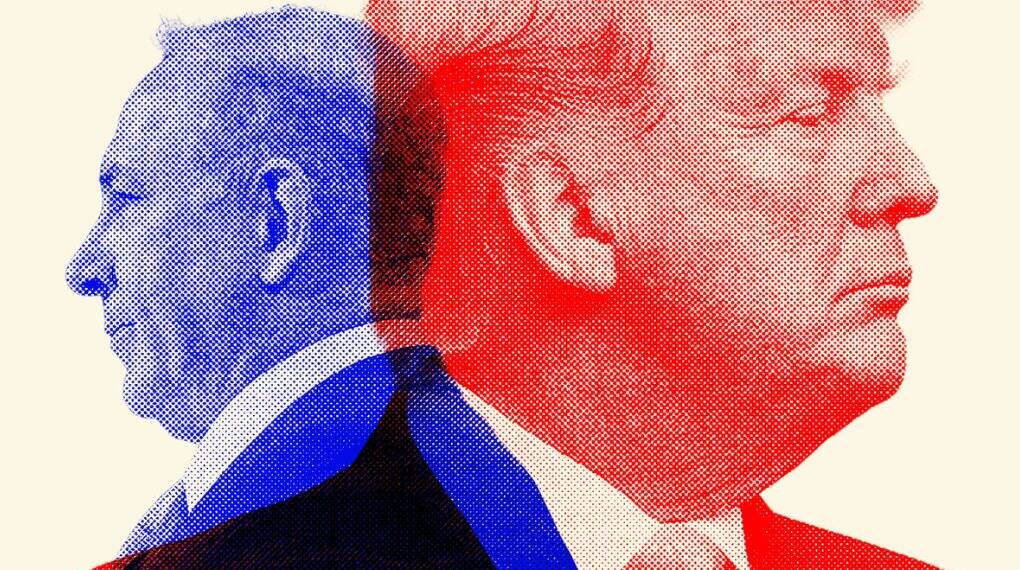Prime Minister Benjamin Netanyahu returned to Israel empty-handed after several days of high-level negotiations in Washington, D.C., with U.S. officials, including President Donald Trump.
Optimism had been high earlier in the week, with both Israeli and American leaders hinting that a breakthrough with Hamas might be within reach.
However, as the talks progressed, it became clear that fundamental disagreements remained unresolved, preventing any formal ceasefire agreement from materializing.
The Core Deadlocks: Truce Duration, Military Withdrawal, and Aid Delivery
At the heart of the stalemate were persistent disputes over three central issues: the length of any proposed ceasefire, the extent of Israeli military withdrawal from Gaza, and the logistics of delivering humanitarian aid during a pause in hostilities. Mediators from the United States, Egypt, and Qatar continued their efforts but were unable to bridge the gaps on these crucial points.
Before departing Washington, Netanyahu outlined his vision for a temporary 60-day ceasefire, during which Hamas would release approximately half of the estimated 50 hostages still held in Gaza, including both living captives and the remains of the deceased.
Also Read: Trump-Netanyahu Meet: Israel Gaza Ceasefire on Table? Is Iran Next?
However, he was adamant that any truce would not become permanent unless Hamas agreed to disarm and Gaza was thoroughly demilitarized. Netanyahu insisted that negotiations for a lasting peace must be based on what he called “minimal conditions”: Hamas relinquishing its weapons, a demilitarized Gaza, and the elimination of Hamas’s governing and military capabilities.
Hamas Rejection and Sticking Points Over Withdrawal
Hamas swiftly rejected these demands. Senior Hamas official Basem Naim stated unequivocally that disarmament would “never” be on the negotiating table. Another major sticking point was the question of Israeli military withdrawal.
Hamas has called for a complete pullout of Israeli forces from the entire Gaza Strip, while Israel has insisted on maintaining a military presence in certain areas, particularly in the south.
Israeli Defense Minister Israel Katz reportedly floated the idea of converting parts of southern Gaza into zones for displaced Palestinians, a proposal that drew sharp criticism and comparisons to modern-day concentration camps from human rights advocates and international observers.
Political Theater in Washington
Netanyahu’s visit marked his third trip to Washington since Trump’s return to the presidency. The visit featured a series of high-profile meetings and symbolic gestures, including Netanyahu’s public call for Trump to be nominated for the Nobel Peace Prize.
Throughout the trip, Netanyahu repeatedly told reporters that a deal was close, predicting that a 60-day ceasefire and a partial hostage release could be achieved soon.
Also Read: Netanyahu to visit NEW YORK to Challenge Mamdani arrest threat?
U.S. Pushback and Unresolved Objections
Despite the outward show of unity, significant disagreements remained behind the scenes. Trump’s special envoy to the Middle East, Steve Witkoff, postponed a planned trip to Doha, acknowledging that the talks had not advanced far enough to warrant further negotiations.
The U.S. reportedly objected to Israeli proposals to maintain control over large parts of Gaza, with Witkoff likening one such plan to the controversial “Smotrich plan” championed by Israeli Finance Minister Bezalel Smotrich. In response, Israel submitted a revised proposal in an attempt to address American concerns.
Hamas, for its part, raised additional objections, including skepticism about the continued operation of the Israeli- and U.S.-backed Gaza Humanitarian Fund. The United Nations reported that nearly 800 people had been killed attempting to access aid distribution sites since May.
Hamas also criticized Israel’s refusal to commit to a permanent end to hostilities, a sticking point that U.S. mediators tried to address by offering informal assurances that a ceasefire could be extended beyond the initial 60 days.
Political Calculations and International Repercussions
While Netanyahu’s visit failed to yield a diplomatic breakthrough, it appeared to bolster his standing at home, reinforcing his alliance with Trump at a time when he faces mounting domestic challenges, including a fragile governing coalition and a corruption trial that was postponed due to his travel.
The two leaders maintained a united front, despite Trump’s private frustrations with Israel’s handling of the conflict.
Meanwhile, U.S. Secretary of State Marco Rubio announced new sanctions against Francesca Albanese, a United Nations expert on the Palestinian territories, in response to her calls for International Criminal Court investigations into Israeli officials and U.S. companies involved in the Gaza conflict.
This move highlighted the broader geopolitical tensions and the increasingly polarized international response to the ongoing war.
Ceasefire Elusive Amid Deep Divisions?
Netanyahu’s latest visit to Washington underscored both the urgency and the complexity of efforts to broker a ceasefire in Gaza. Despite initial optimism, the talks revealed deep divisions over fundamental issues such as military withdrawal, disarmament, and humanitarian access.
As violence and suffering continue in Gaza, the path to a lasting ceasefire remains fraught with obstacles, with both sides holding firm to positions that have so far defied compromise. The diplomatic process, while ongoing, faces significant challenges before any sustainable peace can be achieved.








